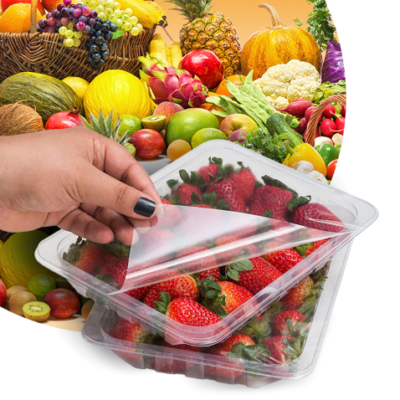Applications
Food
Applications
Food
Generally, flexible packaging tends to be more efficient than rigid packaging because flexible packaging tends to use fewer materials in its composition. At the same time, these materials feature optimized properties for creating flexible packaging that provides a barrier against gas, fat, and moisture, supports different shapes and sizes, creates various opening and closing systems, supports recycling efforts, and is lightweight.
Flexible packaging also can be produced at a lower cost, which helps to broaden the customer base, while its production process ensures the total safety of the packaged product. The food safety provided by lightweight flexible metal packaging products is an essential benefit to the entire food industry.
The film produced by Terphane is extremely light and thin, reaching a thickness equivalent to 1/10 of a strand of hair. The environmental advantages are striking. The film employs significantly fewer raw materials, optimizes the entire logistics chain through the weight reduction in transport and generates less waste.
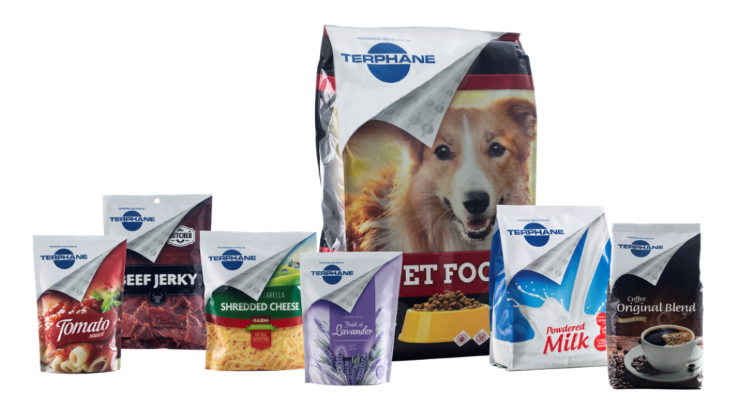
Click on the applications below to view the suggestions for packaging structures:
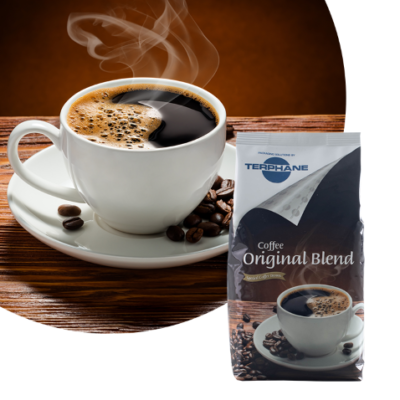
Coffee
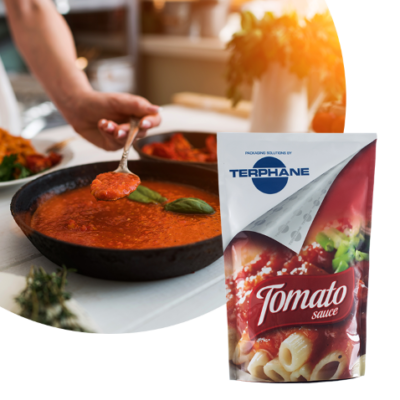
Tomato
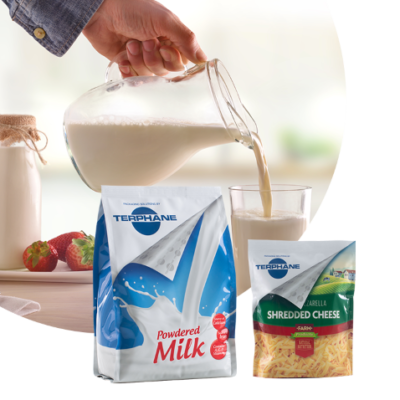
Dairy
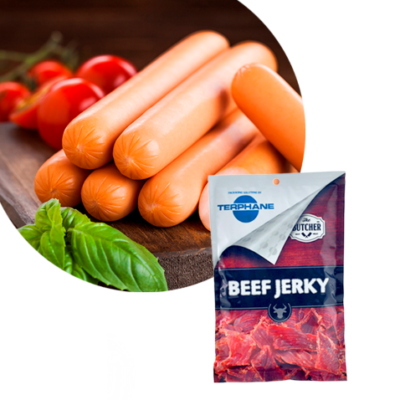
Proteins
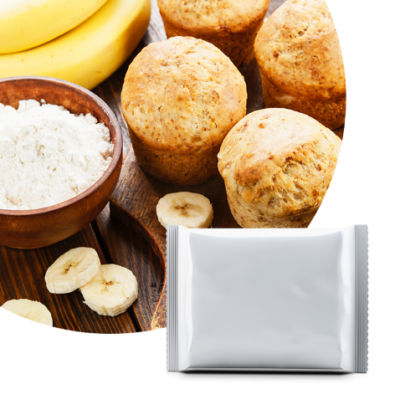
Cereals and flours
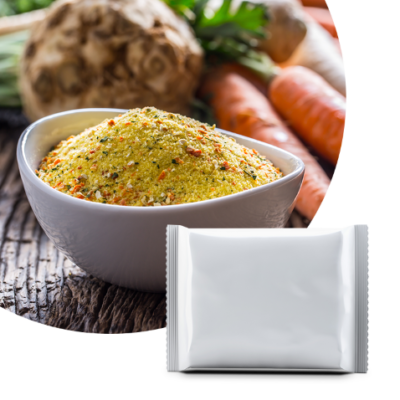
Dehydrated foods
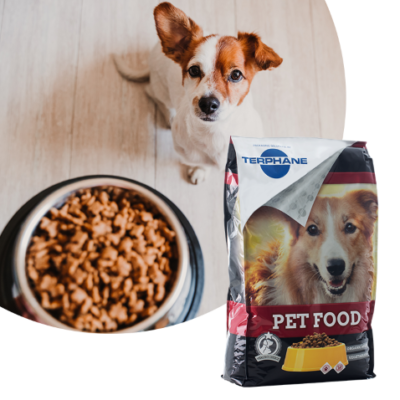
Pet food
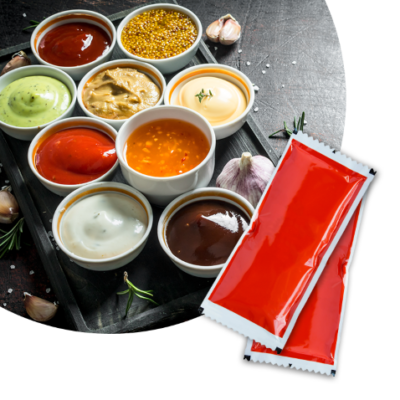
Condiments
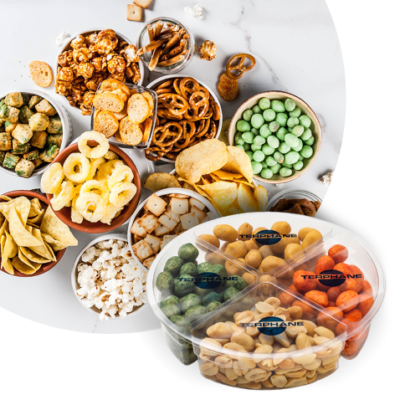
Snacks and cookies
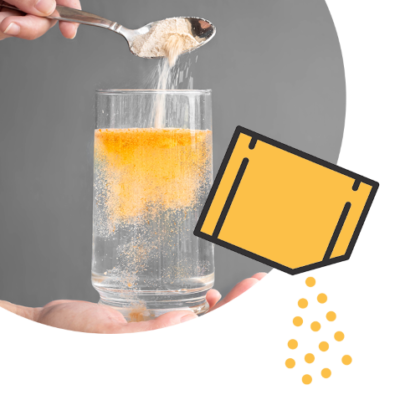
Beverages
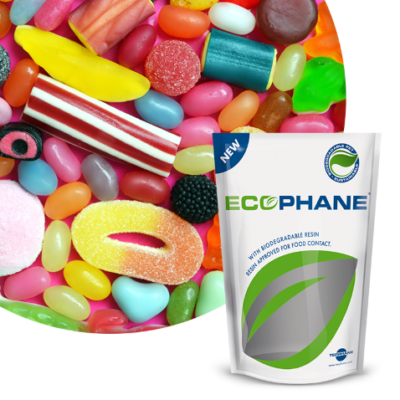
Candies / Sweets
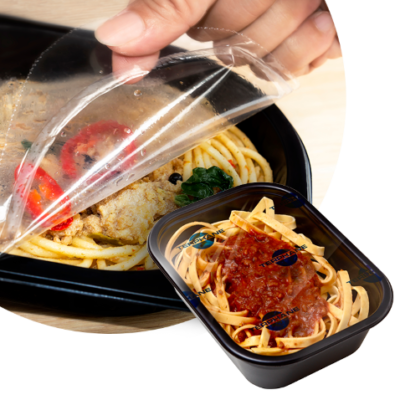
Ready meals
